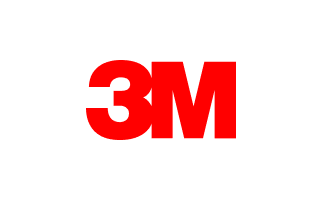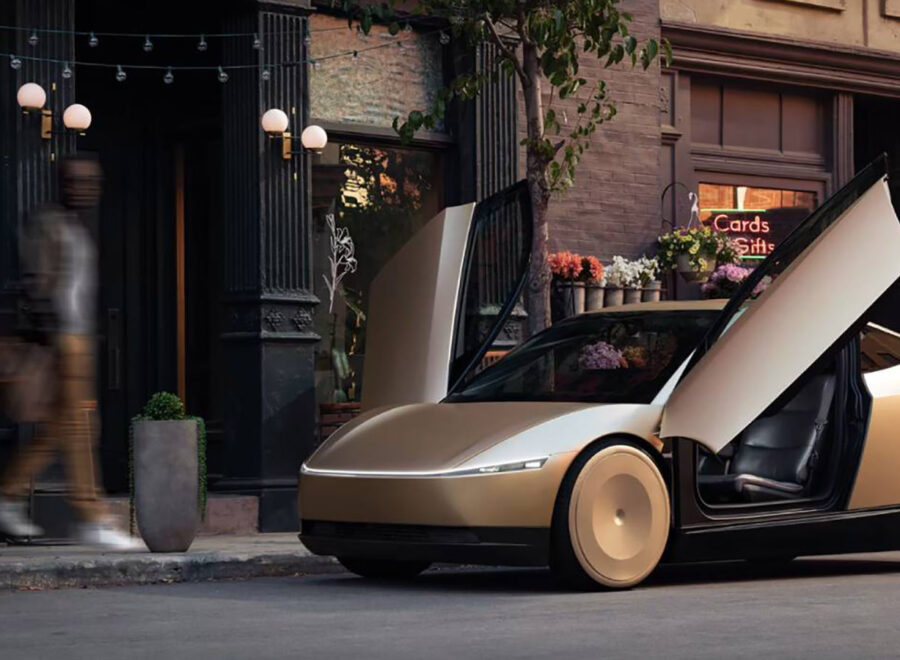
Historically, growing market share has been about understanding target markets, acquiring emerging products, leveraging mass media, and owning the shelf at the point of sale. But the last decade has turned much of this traditional model on its head. Increasingly, consumers are buying brands remotely, digitally, and with an eye toward their stance on social and environmental issues. CPG companies need to confront these challenges by rethinking their “where to play” growth strategies. Future leaders will be those that embrace new products, channel partners, markets, and buying behaviors across the innovation ecosystem to meet the needs of tomorrow’s consumers.
Future Focused Initiatives

Digital Reinvention
As the physical, tactile buying experience continues to morph into a remote and digital one, how will you lead? CPG brands will need to focus on technologies that help them identify emerging trends, innovate new products and business models, and create deeper connections with their consumers than previously possible.

Circular Strategies
As governments shift legislation and consumer sustainability expectations change, CPG companies need to figure out how to reclaim, up-cycle, and create viable and desirable business models from the products and byproducts they create.

Direct-to-Consumer Models
Interactions with consumers used to be largely one-way communications through direct mail and TV ads. Today that relationship can be much more personal, intimate, and bi-directional. Loyalty and affinity starts with understanding the entire customer journey and developing an experience around that.






